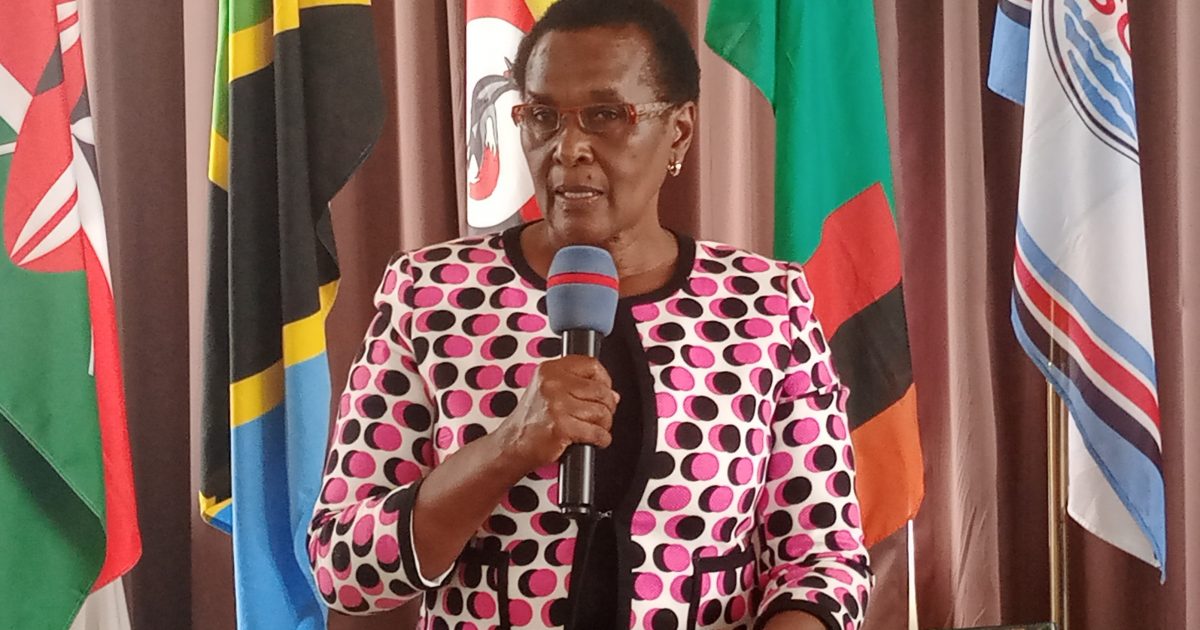The continued digitization of Kenyan ports is geared to increase efficiency and transform the country into a regional and international shipping hub.
State department for shipping and maritime Principal Secretary (PS) Amb Nancy Karigithu said that the shipping industry has been hit by disruptive technology that is rapidly changing the way shipping and maritime trade is conducted.
Karigithu said that to keep up with global trends, Kenya has been digitizing its ports by automating operations and deploying artificial intelligence which has reduced the time it takes to offload cargo from ships and clearing it from the port.
“Technology has brought on board smart and megaships which call for the restructuring of existing ports infrastructure, digitalization and integration of processes and procedures at system level with the emphasis on adopting artificial intelligence and increased automation,” said the PS.
Speaking in Nairobi on Thursday during a stakeholders’ consultative forum with the shipping lines serving the East and Southern Africa, Karigithu said that Kenya operationalized the Single window system for electronic exchange of documentation, clearances and approval for stakeholders involved in ship to shore clearance processes.
The system is aimed at addressing the ever-present challenge of heavy ship traffic and congestion at the port of Mombasa.
“As stakeholders, we need to be more than ready to work closely together to quickly adapt to the current industry reality,” she said.
The PS said that the monumental challenges currently faced by the industry have direct impacts on the final shipper that is reflected in delayed deliveries, increased premiums and fees, surcharges, and freight rates.
“As stakeholders therefore, we must work together to mitigate the negative effects of these challenges because if not collectively addressed, they would have a boomerang negative effect on the wider industry,” said Karigithu.
She highlighted that shipping continues to dominate international trade by moving over 90% of the global trade volumes annually adding that the dominance of maritime transport will only continue to grow as world economies continue to industrialize with the growth of international trade and commerce.
“By the year 2020, the global seaborne trade had surpassed 10 billion tonnes and projected to continue growing at about 2.4% each year. Africa as an emerging market was only contributing about 7% to this global figure,” she said.
She explained that with the vast untapped resources and factors of production on the continent, Africa is seen as the next global growth frontier which will see its contribution as a continent to the global shipping trade increase drastically.
“As a region, we need to continue with our efforts to place ourselves strategically so that we can benefit from this growing trend of international trade,” said Karigithu.
On the challenges facing the industry, the PS said that the unforeseen Covid-19 pandemic put global trade to a halt by affecting mobility leading to contraction in global maritime trade between 2019 and 2020 by about 3.8% with the ongoing Russia Ukraine war being another challenge affecting the industry.
Paul Wahome from the Kenya Ports Authority (KPA) said Kenya is building futuristic port infrastructure with the three berths at the Lamu port being 400 meters long in preparation for the super long ships expected in the future.
“We are working to provide facilities ahead of the demand,” said Wahome.
He said that the Kenya Revenue Authority (KRA) has a pre-clearance arrangement where at least 70 per cent of the paperwork is done before the cargo arrives at the port. This has enabled cargo to be cleared and removed from the port within four days.
By Joseph Ng’ang’a





